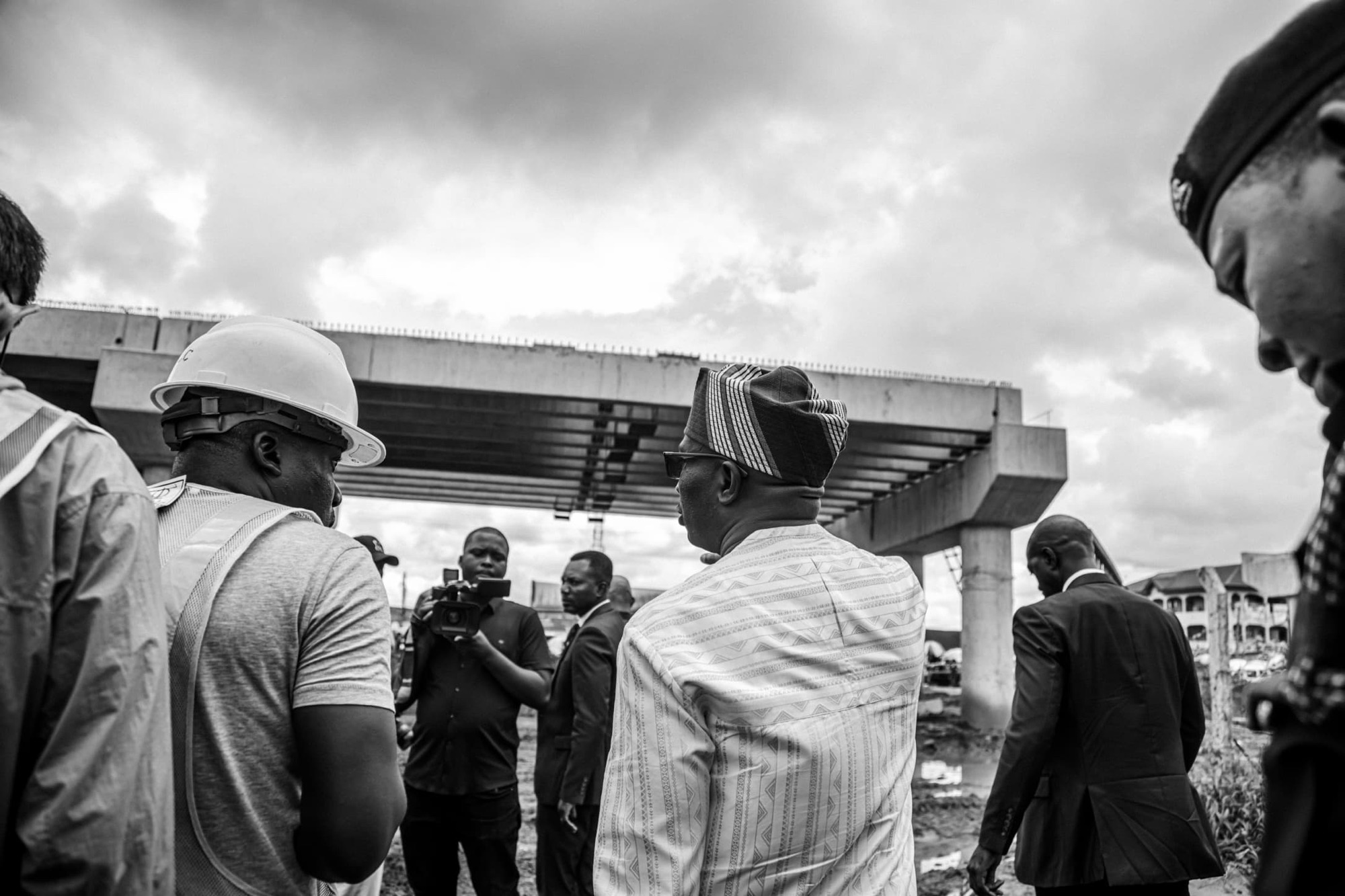In a state where bad roads and failed projects often dominate public discourse, Governor Monday Okpebholo is steadily redefining the conversation around infrastructure in Edo State — from neglect to progress, and from potholes to purpose.
The new administration’s approach, now widely described as the “Okpebholo Infrastructural Model,” is built on accountability, local capacity, and sustainable development — prioritizing not just what is built, but how it’s built and who benefits from it.
From Road Woes to Road Works
Edo residents had become accustomed to lamenting potholes and half-completed road projects, especially in key urban and rural corridors. But since assuming office, Governor Okpebholo has taken bold steps to change that narrative through a renewed focus on project delivery and transparency.
His administration has launched an audit of all ongoing and abandoned road contracts, insisting that only competent contractors with proven track records will continue to receive state funding.
“We can’t continue the cycle of awarding projects that never get completed,” the governor said recently. “Every project in Edo must be value-for-money and serve the people.”
From the resurfacing of Sapele Road and Ekenwan axis in Benin City to ongoing works in Ekpoma, Auchi, and Uromi, the Okpebholo government is emphasizing quality over quantity — ensuring that roads are properly drained, asphalted, and monitored after completion.
Infrastructure as a Driver of Development
Unlike previous models that focused solely on construction, the Okpebholo Model views infrastructure as a social and economic multiplier. The governor’s plan links road rehabilitation with access to markets, schools, and healthcare.
For instance, new feeder roads under construction in rural Edo Central are designed to connect farmers directly to major markets, reducing post-harvest losses and transportation costs.
The government is also integrating digital monitoring systems to track progress and enhance accountability, using drones and community-based reporting to verify completion and quality.
“We’re not just building roads,” the Commissioner for Roads and Bridges, Engr. Osato Agho, explained. “We’re building access, opportunity, and inclusion.”
People-Centered Development
A hallmark of the Okpebholo approach is its community-driven oversight. Local leaders and civil society groups are being encouraged to participate in project tracking, ensuring that contracts are executed to specification.
This grassroots inclusion has improved public confidence and reduced conflict between contractors and residents — a sharp departure from past administrations where road projects often stalled due to poor engagement.
“For the first time, we’re seeing a governor who wants to hear directly from us,” said Mrs. Grace Omoruyi, a trader in Ugbowo. “He listens to complaints about flooding, about bad roads — and things actually change.”
Building for the Future
Beyond roads, the Okpebholo Model extends to education, health, and urban renewal. The ongoing reconstruction of school blocks, market renovations, and drainage expansion projects in Benin and other towns are designed to ensure long-term impact.
Observers note that by integrating sustainability and technology into traditional construction practices, the administration is setting a new standard for governance in Edo.
Infrastructure, in Okpebholo’s words, “is not just about cement and tar — it’s about people, progress, and posterity.”
Conclusion
The Okpebholo Infrastructural Model is gradually transforming Edo State’s physical and social landscape. From tackling potholes to promoting inclusive growth, the administration’s focus on quality, transparency, and innovation may well become a reference point for future governance in Nigeria.
Edo’s journey from potholes to progress has begun — and if the current momentum continues, the road ahead looks promising.


Leave a Reply